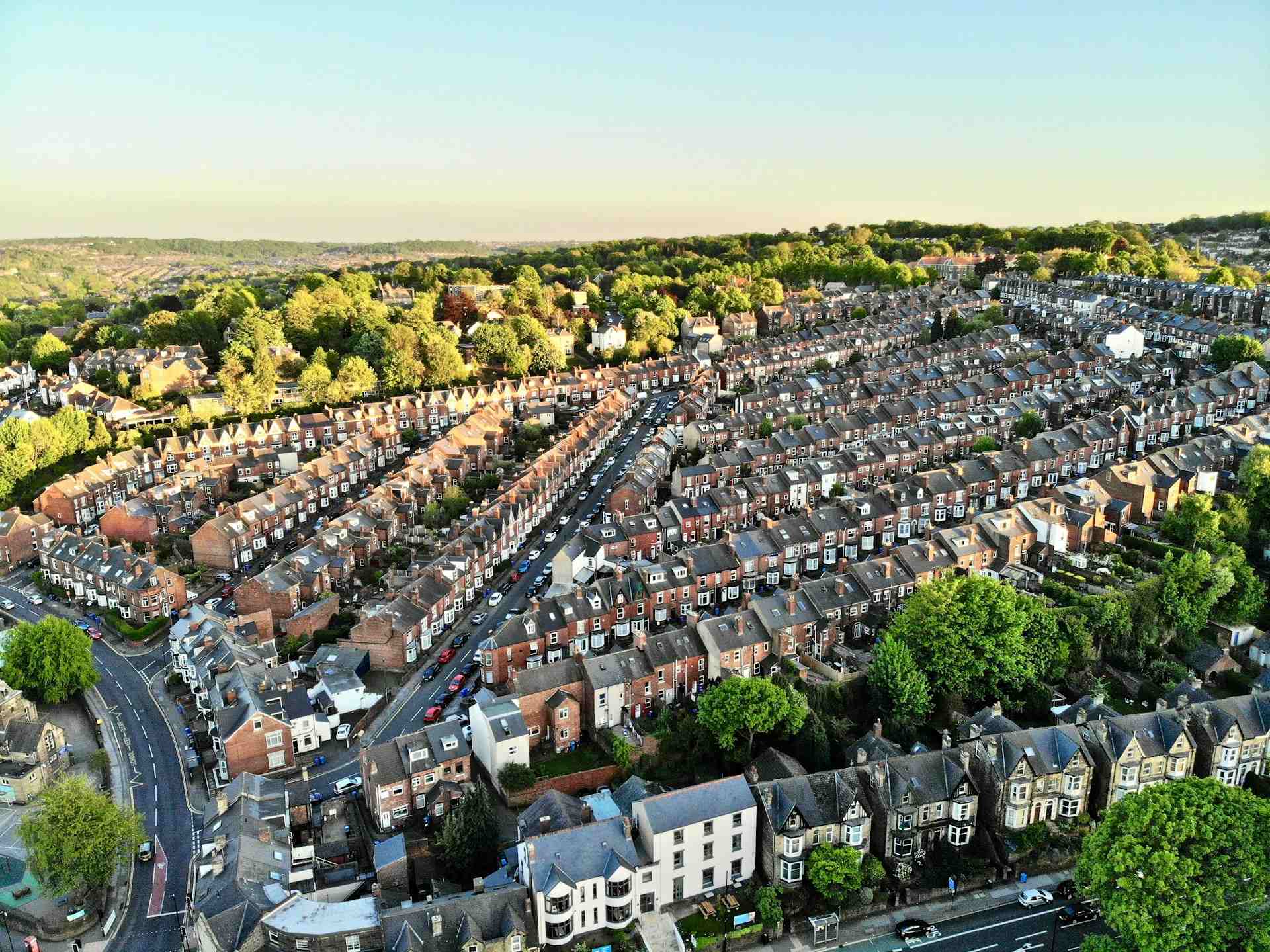In July 2025, the UK housing market experienced its sharpest dip in asking prices for over two decades, with listings on Rightmove falling by 1.2 %—the steepest July decline since the index began in 2002. This drop, amounting to an average of £4,531 per new listing, reflects fierce competition among sellers in a market saturated with inventory.
The slowdown was most pronounced in inner London, where asking prices tumbled 2.1 %, while the northeast of England bucked the trend with a modest rise. The surge in available properties marks a decade-high level, forcing sellers to adopt more attractive pricing to stand out.
Despite the price drop, market indicators remain positive: buyer inquiries have climbed 6 %, and sales agreed are up 5 % compared to last year. Enhanced affordability, driven by lower mortgage rates (down from 5.34 % to 4.53 %) and a 5 % rise in average wages, continues to support demand.
Rightmove has accordingly adjusted its forecast, halving projected 2025 price growth from 4 % to 2 % and anticipating around 1.15 million home sales for the year. The end of temporary stamp duty reductions in April, and increased council tax on second homes, has further intensified buyer pressure, particularly in London.
For real estate stakeholders, this presents a strategic inflection point: affordability gains have drawn more buyers into the market, yet seller complacency with high asking prices may result in listings stagnating. Estate agents and developers must sharpen pricing models and market timing to convert interest into sales. Meanwhile, regulators should monitor whether the cooling effect on prices brings any shift in housing supply incentives or borrowing policy.
As autumn approaches, property market observers will watch closely. If mortgage rates continue to ease and wage growth holds firm, this calmer, competitive environment could spur sustained activity, yet success will depend on sellers aligning expectations with reality and buyers remaining budget-conscious.


